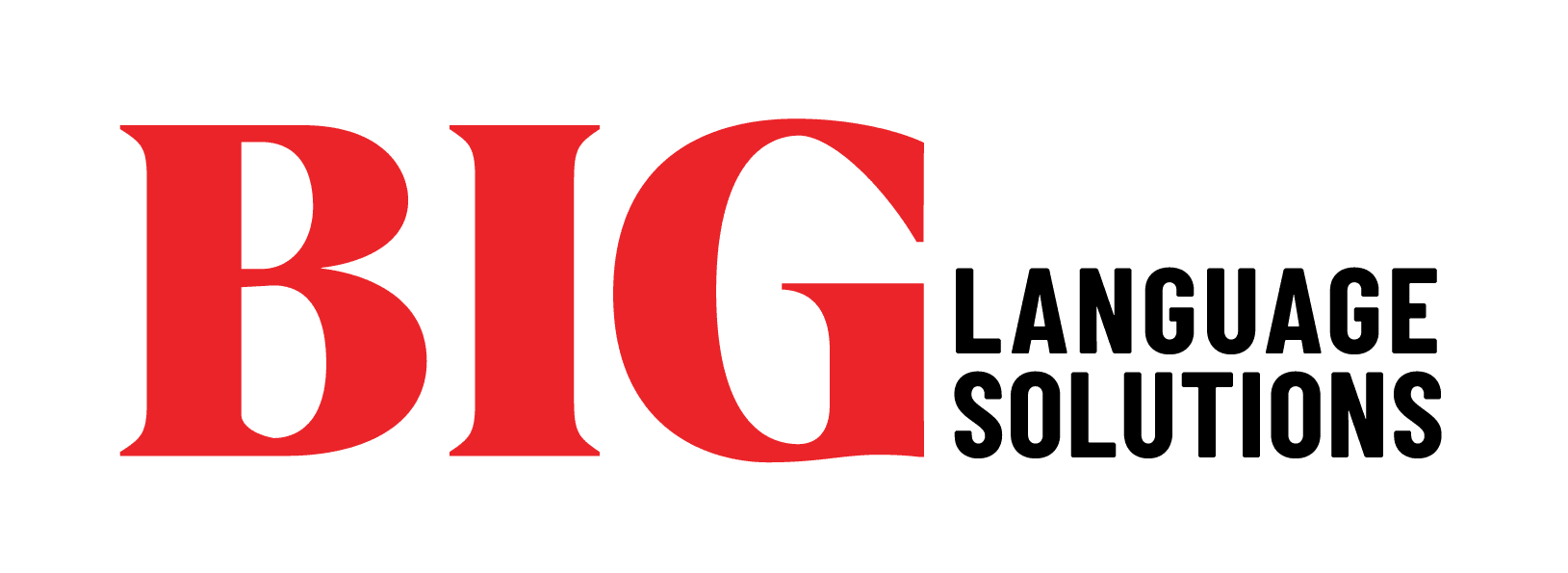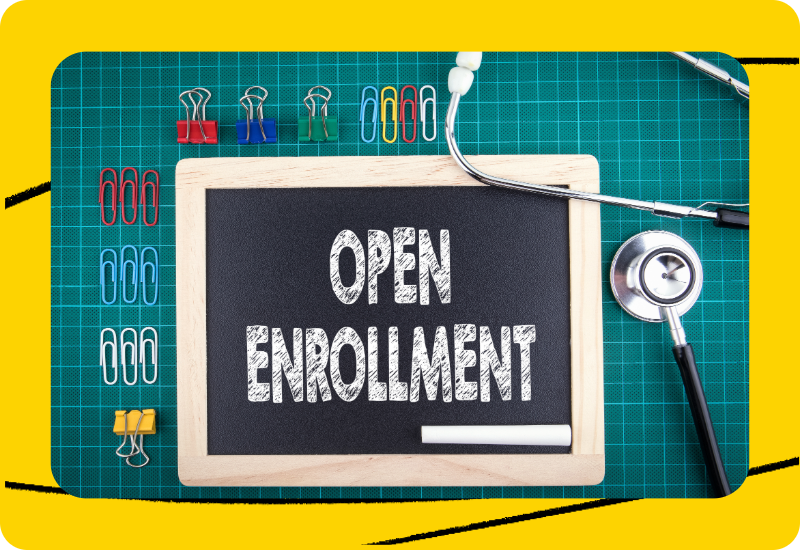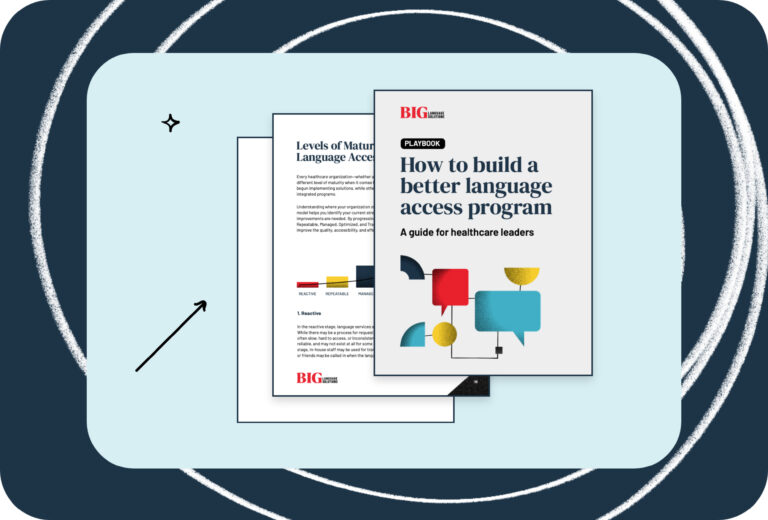When open enrollment begins, clear communication is not just helpful. It’s essential. For millions of individuals with limited English proficiency (LEP), this period can be overwhelming, confusing, and full of missed opportunities. Health plans and payor organizations must ensure every member understands their options and can make informed decisions about their care.
The Reality of LEP Enrollees During Open Enrollment
For LEP members, even the most routine enrollment materials can be hard to understand. Benefit summaries, provider directories, and formularies often include complex or technical language. Without clear translations or interpreter support, misunderstandings are common, and the consequences are serious.
Language barriers can cause members to enroll in the wrong plan, miss critical deadlines, or avoid the process entirely. That affects not only individual access to care but also overall engagement, recruitment efforts, and administrative efficiency.
Legal Landscape: More Than Just Compliance
Providing language access isn’t just the right thing to do. It’s required by law. Under Section 1557 of the Affordable Care Act, healthcare organizations must take reasonable steps to provide meaningful access to individuals with LEP, in addition to those with disabilities.
This includes offering qualified interpreters at no cost and translating vital documents and critical communications. It also means providing materials in alternate formats, such as large print, braille, and audio for members with visual or cognitive disabilities. These formats are essential for meeting ADA and Section 508 accessibility requirements and ensuring that all members, regardless of ability, can fully understand and act on the information provided.
Language access also supports patient rights and ensures equal treatment. If members cannot understand their options, whether due to language barriers or inaccessible formats, they are effectively excluded from the system. That’s a direct challenge to health equity.
The Communication Challenges of Open Enrollment
Open enrollment is a critical period for members, but it often brings confusion and stress, especially for those who are not fluent in English. These members may be comparing complex plans, trying to understand changing benefits, or navigating unfamiliar terms. Add the pressure of deadlines, and the process becomes even more difficult.
Without language support, many members struggle to ask questions or get clarification. Some may enroll in a plan that does not meet their needs. Others may walk away without enrolling at all. In both cases, the result is the same: missed opportunities for care, increased risk of error, and a breakdown in trust, all of which impact member growth.
These challenges aren’t just logistical. They are equity issues. When members cannot fully participate because of a language barrier, the system isn’t serving everyone equally.
Why Getting Translation Right Matters
Open enrollment materials are dense. They’re filled with legal language, healthcare terminology, and coverage details that are hard to navigate, especially for members who don’t speak English fluently.
Poor translation only makes things worse. Inconsistent wording, incorrect terms, or literal translations that miss cultural context can confuse members and lead to costly mistakes. When the message isn’t clear, people hesitate, make the wrong choice, or walk away entirely.
In healthcare, there’s no room for error. Translated materials must be accurate, consistent, and easy to understand across every language. That means using qualified linguists who know the terminology, respect cultural nuance, and ensure nothing gets lost along the way.
Good translation gives every member the information they need to make informed decisions. It shows that your organization values access, equity, and trust. That also includes delivering materials in alternate formats like large print, braille, or audio, so that members with visual or cognitive impairments can access content fully and independently.
The Value of Investing in Language Access
Language access is not just a regulatory requirement. It’s a smart investment. When members receive clear, accessible information in their preferred language, they are more likely to complete enrollment accurately, ask informed questions, and make confident choices. That reduces costly errors, supports better health outcomes, and strengthens trust in your organization.
It also reduces strain on call centers, improves satisfaction scores, and helps your team stay compliant with requirements like Section 1557, all while reinforcing your commitment to health equity.
The Right Partner for Equitable Open Enrollment
BIG Language Solutions helps healthcare organizations remove language barriers where they matter most: at the point of decision-making. Our integrated suite of services includes 24/7 over-the-phone (OPI) and video remote interpretation (VRI) in more than 300 languages, professional healthcare-specific translation, and high-speed translation delivery through LanguageExpress™, our proprietary platform built for large-scale, time-sensitive content.
Whether you need accurate benefit guides, fast same-day translations, or live interpreter support for enrollment conversations, BIG helps you reach members quickly, clearly, and with full confidence. LanguageExpress™ combines intelligent automation with human quality oversight, enabling fast, compliant translation at scale. We also support alternate formats such as large print, braille, and audio to meet accessibility standards and ensure all members, including those with visual or cognitive impairments, receive the information they need in a format they can use.
From compliance to communication, BIG delivers scalable, secure, and trusted language access solutions tailored for healthcare. With the right partner, open enrollment becomes a better experience for everyone.
Let’s connect and make open enrollment work for everyone.






